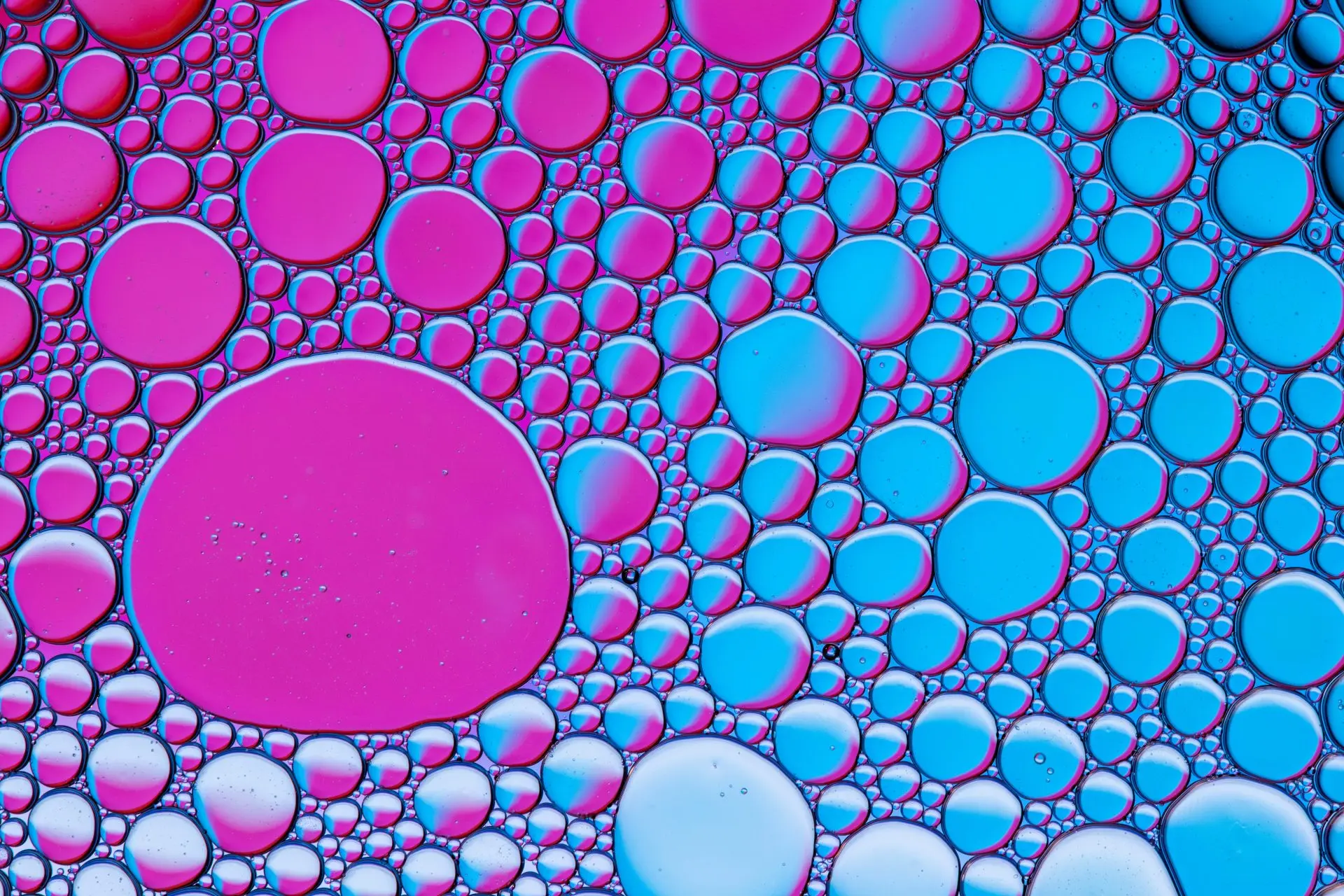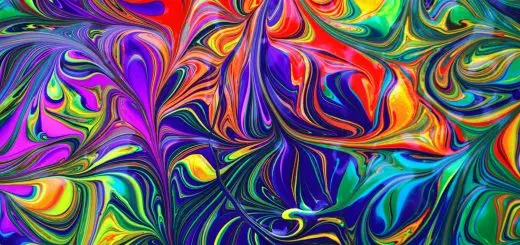The Four Great Beauties of Ancient China

Looking for more amazing products? Check out our online store and explore our collection here! Happy shopping!
Before diving in, please note: This post is for informational purposes only. If you’d like to know more about how we approach topics, feel free to check out our friendly Disclaimer Page.
Hey there, amazing readers! 
We’re committed to delivering quality posts, and your support (even just sticking around despite the ads) means everything to us. So, bear with us, and thanks for helping us keep the good vibes rolling. Now, on to the fun stuff!
TRANSLATE BUTTON AT THE END OF THE ARTICLE
The Four Great Beauties of Ancient China: Introduction
The Four Great Beauties of Ancient China refer to four legendary women who were renowned for their exceptional beauty, charm, and influence during different periods of Chinese history.
These women, Xi Shi, Wang Zhaojun, Diao Chan, and Yang Guifei, have left an enduring legacy and have become popular subjects in Chinese literature, art, and cultural traditions.
Each of these beauties represents a unique aspect of Chinese history and culture, capturing the imagination of people throughout the ages.
The Legend of Xi Shi: The First of the Four Great Beauties
Xi Shi, often considered the most beautiful woman in Chinese history, lived during the Spring and Autumn period in the 5th century BC.
Legend has it that her enchanting beauty was so powerful that it caused fish to forget how to swim and allow themselves to be caught.
Xi Shi was instrumental in the fall of the Kingdom of Wu, as she was sent as a spy to distract the enemy ruler, Fan Li.
Xi Shi’s story has been frequently portrayed in Chinese operas, paintings, and literature, making her an enduring symbol of feminine allure and espionage.
Wang Zhaojun: A Beauty Who United the North and the South
Wang Zhaojun, a Han Dynasty beauty, played a crucial role in bridging the gap between the northern and southern regions of China during a time of political tension.
In 33 BC, she was selected as one of the emperor’s concubines and was sent to marry a Xiongnu chieftain as a peace offering.
Her sacrifice and beauty charmed the Xiongnu, stabilizing the relationship between the two territories.
Wang Zhaojun’s story has been memorialized in poetry, music, and artwork, symbolizing diplomacy and sacrifice.
Diao Chan: A Beauty Who Manipulated Power and Politics
Diao Chan’s tale is set during the late Eastern Han Dynasty, a period marked by political turmoil and power struggles.
Known for her extraordinary beauty and intelligence, Diao Chan was a pivotal figure in a plot to eliminate a tyrannical warlord, Dong Zhuo.
By sowing discord between Dong Zhuo and his adopted son, Diao Chan contributed to the internal conflicts that eventually led to Dong Zhuo’s downfall.
Diao Chan’s story has been widely portrayed in operas, novels, and films, emphasizing her manipulative nature and her ability to shape the fate of powerful men.
Yang Guifei: The Tragic Beauty of the Tang Dynasty
Yang Guifei, also known as Yang Yuhuan, was a concubine of Emperor Xuanzong during the Tang Dynasty.
Renowned for her exceptional beauty and grace, Yang Guifei’s influence over the emperor was legendary.
However, her involvement in political affairs and the emperor’s neglect of his duties led to widespread unrest.
Eventually, a rebellion broke out, and Yang Guifei and the emperor were forced to flee.
Tragically, Yang Guifei was executed by the emperor’s order in 756 AD.
Yang Guifei’s story has inspired countless poems, paintings, and operas, symbolizing the ephemeral nature of beauty and the tragic consequences it can bring.
The Criteria of Beauty in Ancient China
In ancient China, beauty standards encompassed not only physical attractiveness but also qualities such as virtue, grace, intelligence, and cultural refinement.
The Four Great Beauties were not merely admired for their looks but also for their ability to captivate through their words and actions.
Physical features associated with beauty included delicate facial features, fair and unblemished skin, slender figures, and long flowing hair.
However, different dynasties and periods had varying interpretations of beauty, reflecting the evolving social and cultural ideals of the time.
Influence of the Four Great Beauties on Chinese Art and Literature
The Four Great Beauties have had a profound impact on Chinese art and literature throughout the centuries.
Their stories have been immortalized in various art forms, including poetry, calligraphy, painting, and opera.
Artists and writers have sought to capture the ethereal beauty and allure of these women, depicting them in elegant poses and emphasizing their graceful movements.
The Four Great Beauties continue to inspire contemporary artists who reinterpret their stories, ensuring their enduring presence in Chinese cultural heritage.
The Symbolic Role of the Four Great Beauties in Chinese Culture
Beyond their physical beauty, the Four Great Beauties symbolize various aspects of Chinese culture and history.
Xi Shi embodies the power of feminine allure and its influence on men.
Wang Zhaojun represents the role of diplomacy and sacrifice in unifying divided territories.
Diao Chan highlights the ability of women to manipulate power and politics from behind the scenes.
Yang Guifei showcases the transient nature of beauty and the tragic consequences it can bring.
These symbolic roles resonate with Chinese society, contributing to the ongoing fascination with these legendary women.
Unraveling the Myth: Historical Accuracy of the Four Great Beauties
While the Four Great Beauties have achieved legendary status, it is important to note that historical accuracy surrounding their lives remains unclear.
The stories of these women have been passed down through oral traditions and various written accounts, often intertwining fact and fiction.
Many details of their lives have been embellished or altered over time, making it challenging to separate reality from myth.
Nevertheless, the enduring popularity of the Four Great Beauties is a testament to their impact on Chinese culture, regardless of historical accuracy.
The Legacy of the Four Great Beauties in Modern China
The influence of the Four Great Beauties extends beyond ancient times, permeating modern Chinese culture.
Their stories and images are frequently referenced in literature, films, and television dramas, captivating audiences both domestically and internationally.
These women have become cultural icons, representing beauty, power, and the complexities of femininity.
The enduring legacy of the Four Great Beauties serves as a reminder of the rich historical and cultural heritage of China and its ongoing fascination with beauty ideals.
Continuation of Beauty: The Enduring Fascination with Beauty Ideals
The fascination with beauty ideals in Chinese culture continues to evolve, adapting to the changing societal norms and global influences.
While the specific criteria of beauty may vary, the desire to appreciate and aspire to beauty remains prevalent.
The influence of the Four Great Beauties can still be seen in contemporary Chinese society, where the pursuit of physical attractiveness, grace, and intelligence continues to play a significant role in personal and social contexts.
Appreciating Beauty: How the Four Great Beauties Still Captivate Today
The stories of the Four Great Beauties continue to captivate audiences worldwide, transcending time and cultural boundaries.
Their enduring appeal lies in their ability to embody various ideals and archetypes that resonate with individuals on a universal level.
Whether through their physical beauty, intelligence, or manipulation of power, these women continue to inspire and provoke thought.
By appreciating the stories and legacies of the Four Great Beauties, we gain insight into the complex interplay between beauty, power, and culture, enriching our understanding of the human experience.
Conclusion
The Four Great Beauties of Ancient China have left an indelible mark on Chinese history, culture, and artistic expression.
Through their exceptional beauty and captivating stories, Xi Shi, Wang Zhaojun, Diao Chan, and Yang Guifei have become enduring symbols of feminine allure, power, and tragedy.
Their influence can still be felt in modern China, inspiring artists, writers, and individuals to appreciate and aspire to beauty in its various forms.
The legacy of the Four Great Beauties serves as a reminder of the enduring fascination with beauty ideals and the profound impact that beauty can have on society.

The Enlightenment Journey is a remarkable collection of writings authored by a distinguished group of experts in the fields of spirituality, new age, and esoteric knowledge.
This anthology features a diverse assembly of well-experienced authors who bring their profound insights and credible perspectives to the forefront.
Each contributor possesses a wealth of knowledge and wisdom, making them authorities in their respective domains.
Together, they offer readers a transformative journey into the realms of spiritual growth, self-discovery, and esoteric enlightenment.
The Enlightenment Journey is a testament to the collective expertise of these luminaries, providing readers with a rich tapestry of ideas and information to illuminate their spiritual path.
Our Diverse Expertise
While our primary focus is on spirituality and esotericism, we are equally passionate about exploring a wide range of other topics and niches 

To ensure we provide the most accurate and valuable insights, we collaborate with trusted experts in their respective domains 
Our blog originally focused on spirituality and metaphysics, but we’ve since expanded to cover a wide range of niches. Don’t worry—we continue to publish a lot of articles on spirituality! Frequently visit our blog to explore our diverse content and stay tuned for more insightful reads.
Hey there, amazing reader! 
Check out our store here and take a peek at some of our featured products below! Thanks for being awesome!












